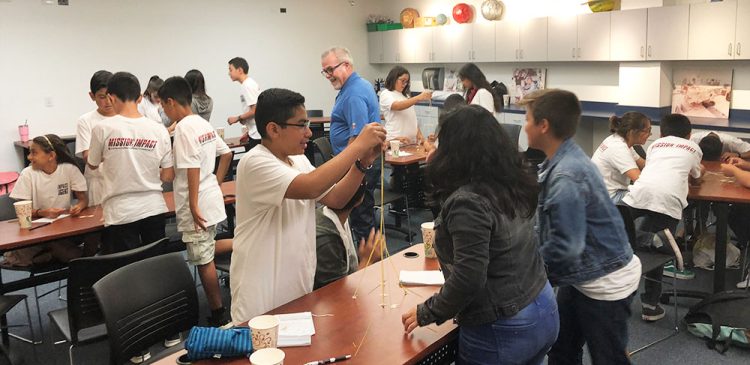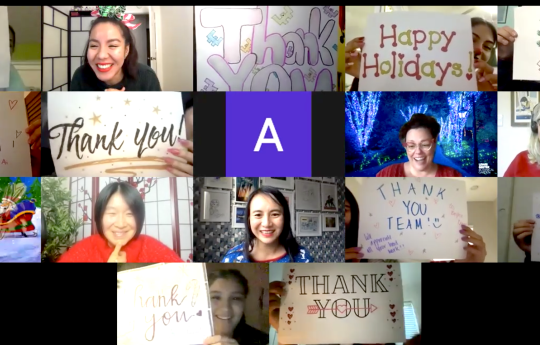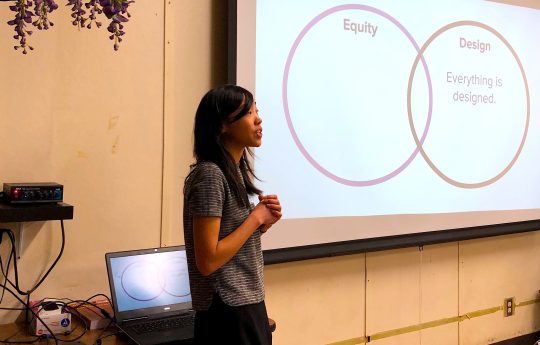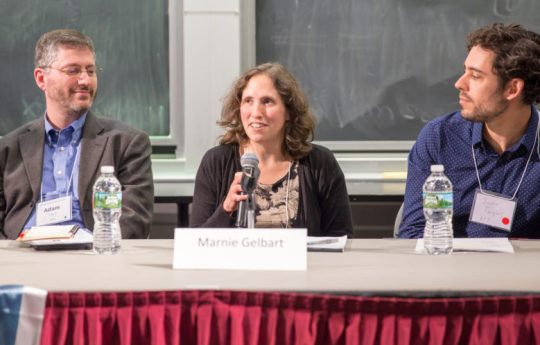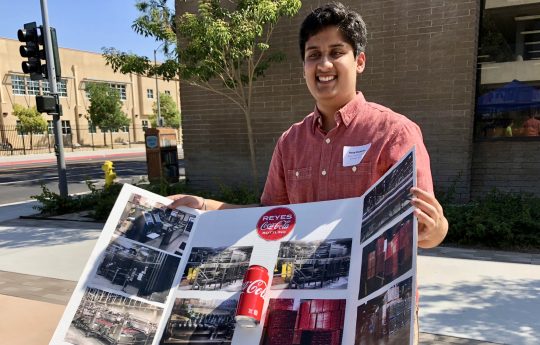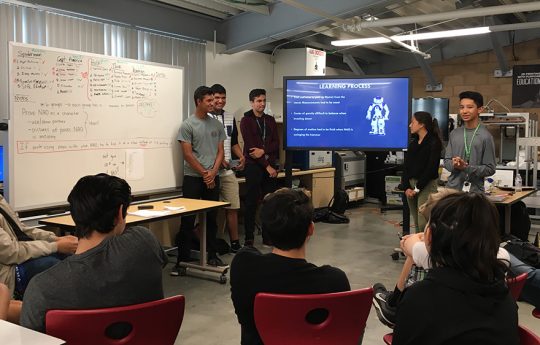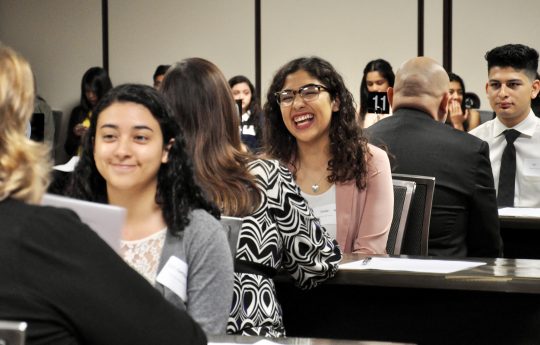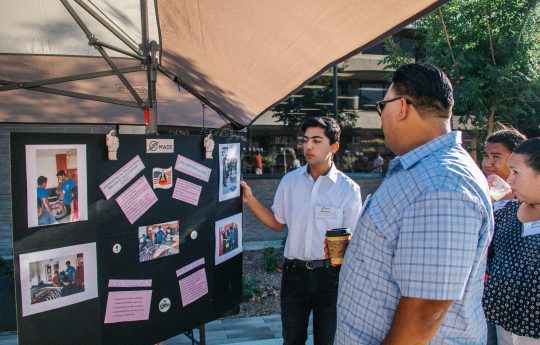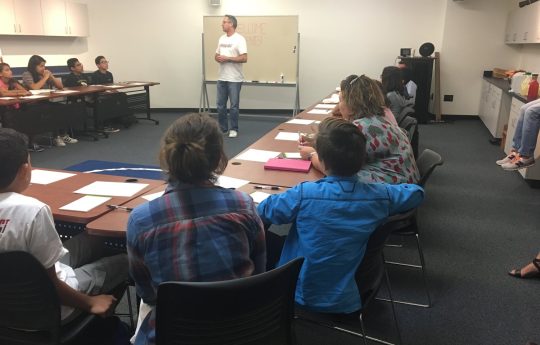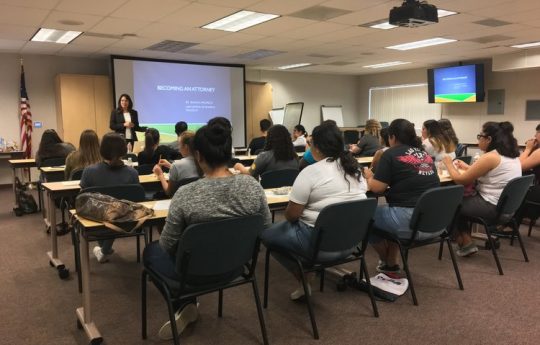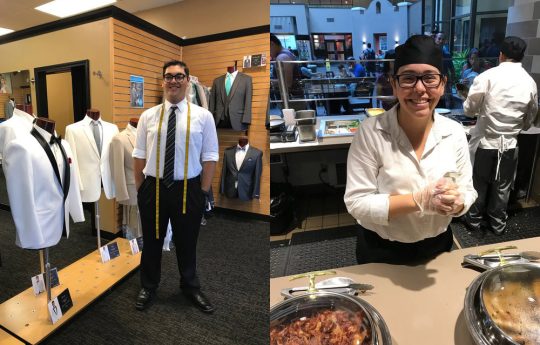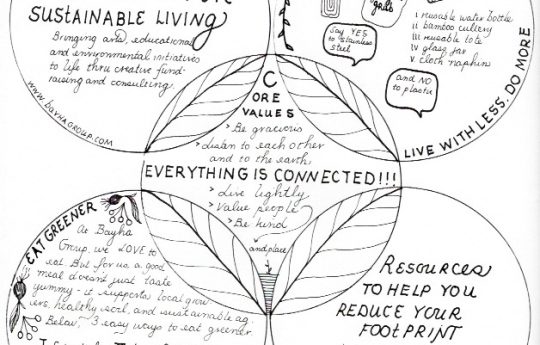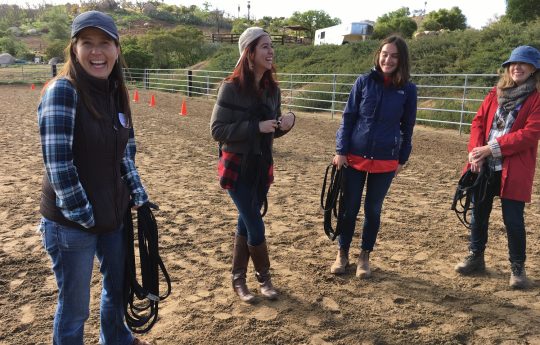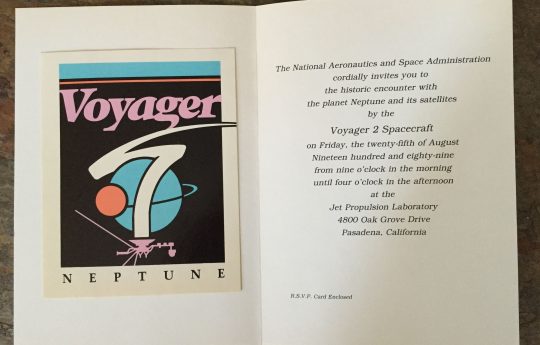Image: Middle school students in Downey learn design thinking—made possible through a $6 million California Career Pathways Trust grant.
When people learn that I write grants for a living, I often get asked: “I want a grant; how do I start?” or “Where do I even find grants?”
By June Bayha
I’m happy to share what I know because I feel strongly that knowing how to apply for grant funding can help sustain an organization or even one’s career. Here are my seven steps to finding grant funding for your next big idea.
Step 1: Know your Why
If you’re interested in grant funding but don’t know where to start, I suggest doing some soul searching. Get some clarity on what the mission and vision of your organization is.
Start by asking yourself, “why?” I really liked Simon Sinek’s book and TED talks about Starting with Why. What are you trying to accomplish with the funding? Write it down, just as you would a vision or mission statement.
Step 2: Shop for Money
After knowing your why, the next step is what I call ‘shopping for money’. I use this expression because I love shopping. It’s fun for me, and I think of searching for grants in much the same way. It’s fun to explore what grant opportunities are available.
My shopping tool of choice is Google: Create a list of some keywords for your Google search. For me, I do a lot of grants in California and often look for funding from the state and federal departments of education. In additional to Google, I also shop for money on Grants.gov, where the U.S. government has put all available grant opportunities from every federal agency in one place.
Use the search tool to enter the keywords from your list and start shopping. I’m interested in education, so I would write that into the search engine of the site. From there, a list of grants related to education will appear. The next step is to check how far away the close date is for those grants to see if they fit my needs.
Step 3: Know the Grant Landscape
Spend some time getting to know what kinds of grants are available in your area of interest. If you click on any of the grant opportunities on Grants.gov that interest you, you can learn how often they are offered. If you missed this year’s due date on a particular grant, you can add it to your calendar as something to pursue for the upcoming year. Depending on the grant opportunity, you may get access to previous winning grant proposals to get an idea of what was funded before. This is a great way to learn how others structure their grant proposals and learn by example.
Step 4: Do Your Homework and Use the Free Resources
As you are shopping for grants, look at Grants.gov’s many free resources to help you learn about the grant process. Start with Grants 101, which includes descriptions of federal grants, grant policies, eligibility, grant terminology, grant-making agencies, grant programs, systems and reporting, and the grant lifecycle. It’s important to understand the context of federal grants and ultimately what you or your organization are signing up for, should you decide to pursue this avenue of funding.
Other resources available on Grants.gov include How to Apply for Grants and the Grant Writing Basics in their Community Blog. There’s even a YouTube channel for Grants.gov, and there is even a mobile app.
Step 5: Prepare for Eligibility
After reviewing the available resources, decide if you definitely want to apply for federal grants. If so, I suggest you register as an applicant on Grants.gov. The website states “Before applying for a funding opportunity, you need to register an account with Grants.gov. Whether you are an applicant for an organization or an individual applying for grants on your own, you only need to register one account on Grants.gov.”
After you register as an applicant, be sure to register your organization. Your organization needs to have a Data Universal Numbering System (DUNS) number and register with the System Award Management (SAM).
How do I get a DUNS number?
Call 1-866-705-5711 or visit the Dun & Bradstreet website.
How do I register with the System Award Management (SAM)?
Go to https://www.sam.gov and complete the online registration process. You also need the authorizing official of the organization to send a notarized letter to SAM and an Employer Identification Number (EIN).
Getting the SAM registration may take up to two weeks, so plan accordingly to meet your submission deadline. You must have both the DUNS and SAM registration to submit a federal grant with Grants.gov.
Step 6: Jump In and Write the Grant
So you’ve successfully completed the first five steps and now find yourself ready to jump in and write the grant. Go back and review your why. Let that why help motivate and inspire you during the writing process.
Grant writing gets easier the more you do it. Perhaps the hardest step is the first one, so take deep breaths and just start. Create a workable timeline, keeping in mind the grant due date. Here are some grant writing tips that may be helpful.
Step 7: Support One Another
I want to be transparent about my why for grant writing. My motivation, my why, is about equity and access to opportunities. To me, communities and school districts should not be excluded from grant funding because they can’t afford grant writers. This why motivated me to write a lot of grants pro bono for almost 20 years. I only got paid when a grant was successful. In writing the grant proposal, we included services that could be completed by me or my team should the grant be funded. These services included data collection, writing reports to the funder, serving as evaluators, and project management services. Often, school districts did not have staff readily available to do these grant-funded tasks, so it was a win-win for the school districts or communities and for my team.
As we build Bayha Group, I want to help more people learn how to write grants and support both organizations and individuals with innovative ideas to improve our society. But, I need your help in this endeavor. I want our blogs to be helpful to you. Please share your comments about how we can support your efforts. These comments will help inform our future blogs and perhaps other resources we can offer.


